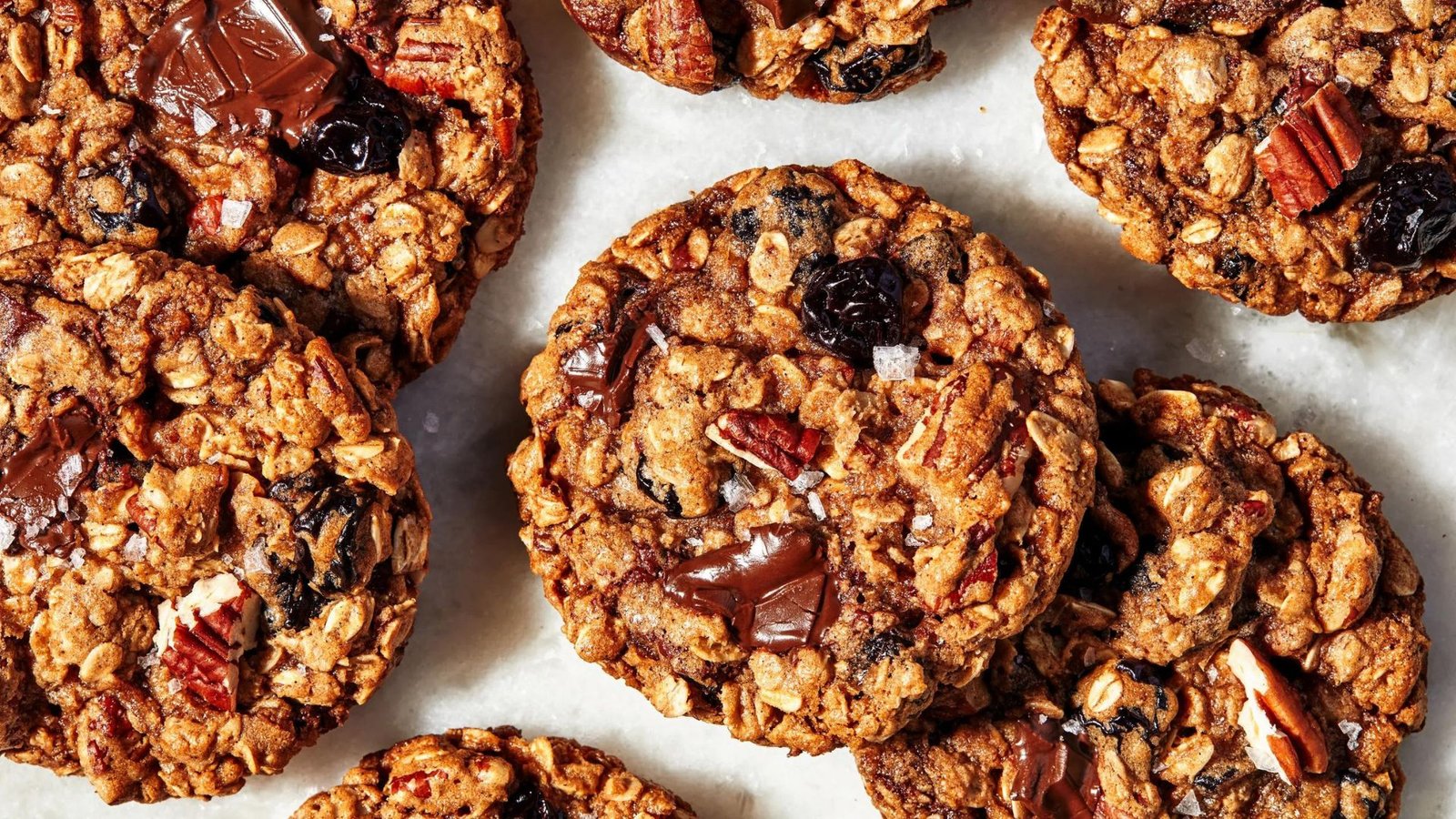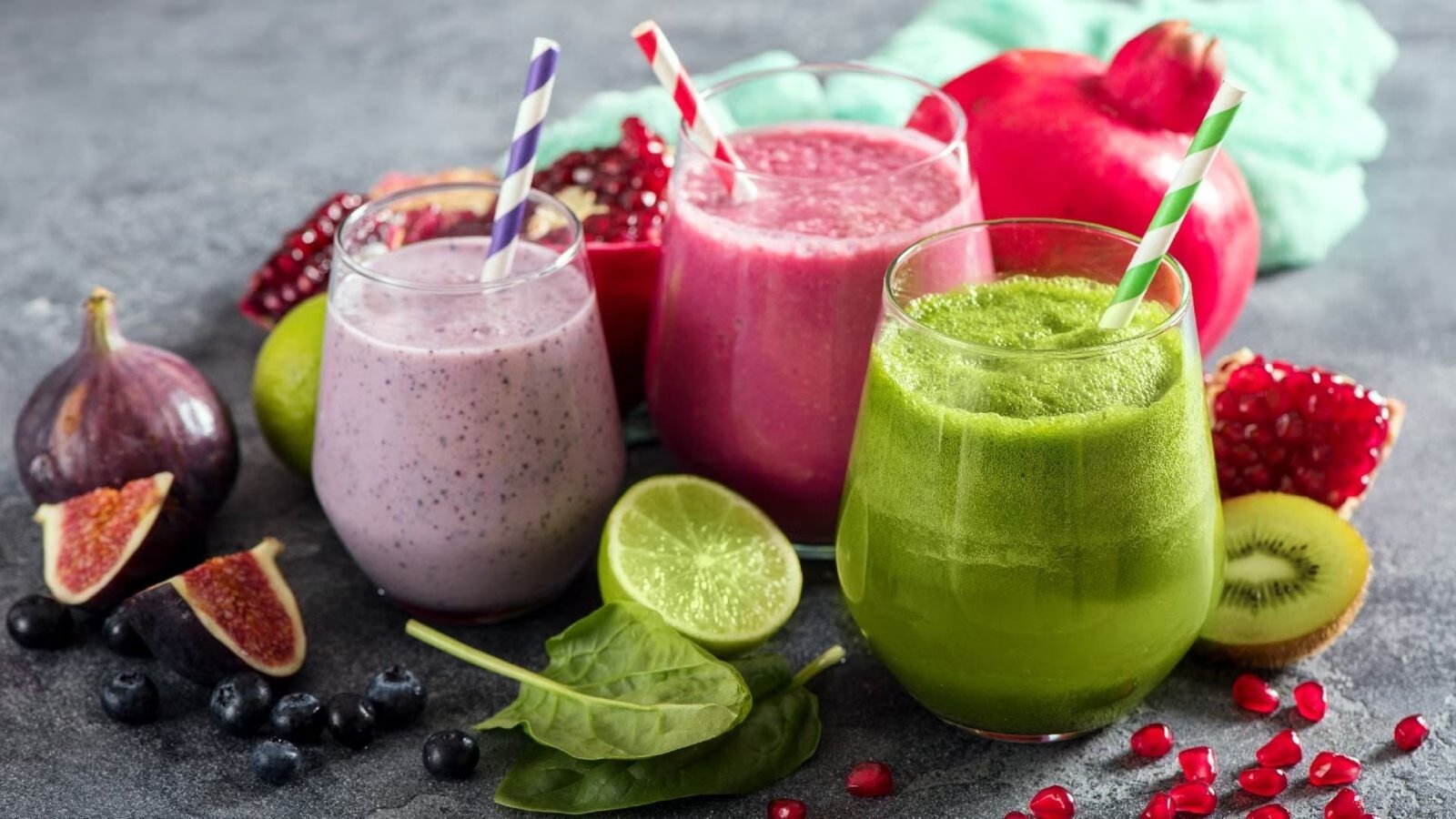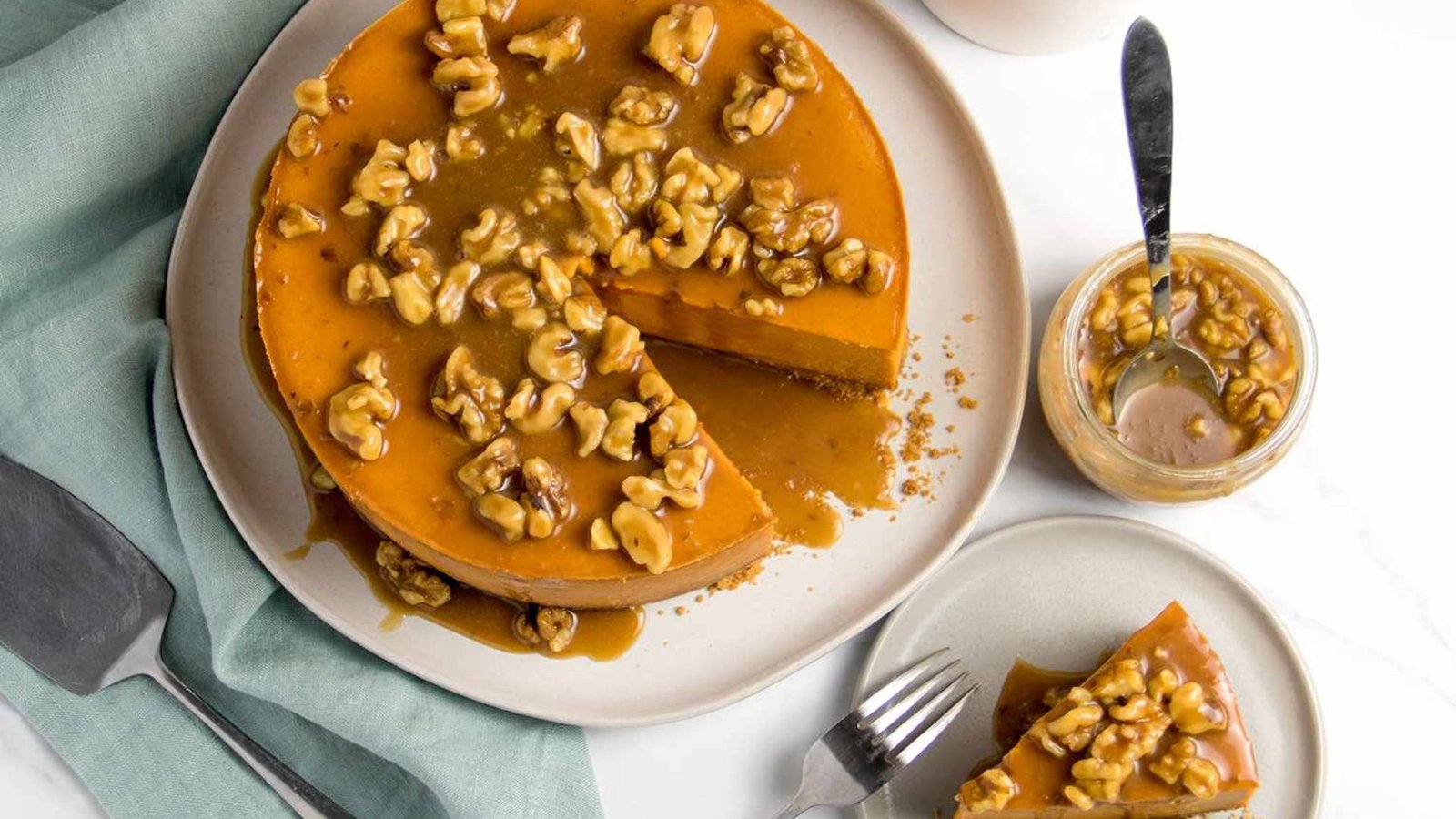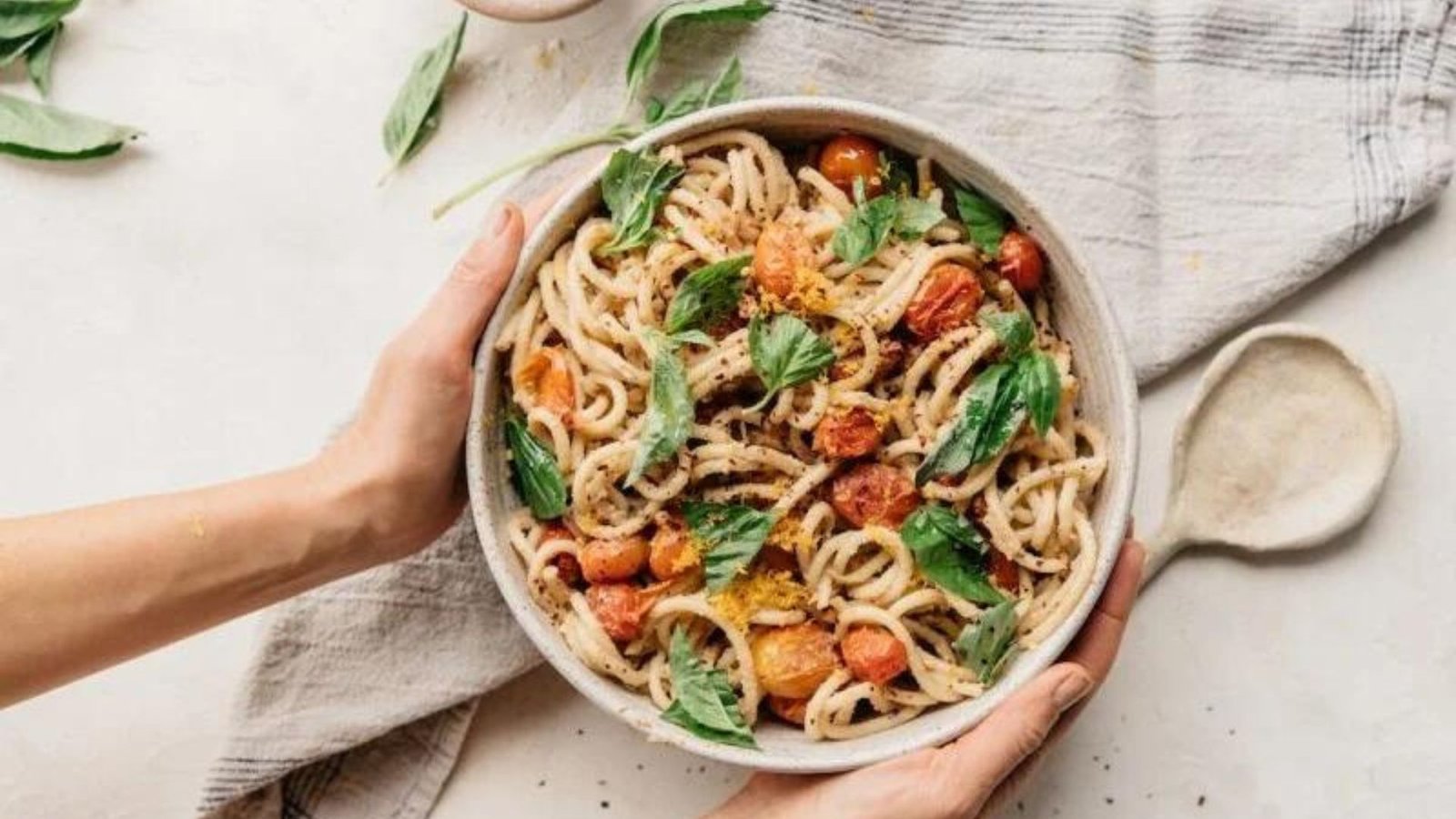Online craps games are fun and fast. But to enjoy them fully, you need the right drink. And if you follow a vegan lifestyle, you want something tasty, healthy, and animal-free. That’s why vegan drinks are perfect. You can sip them while playing and feel great at the same time. In this post, we share the best vegan drinks during online craps games that you can enjoy anytime.

Why Choose Vegan Drinks?
Vegan drinks are free from any animal products. That means no milk, no honey, and no animal-based additives. These drinks are good for your health. They are also kind to animals and better for the planet. So, if you love online craps usa games and care about what you drink, vegan options are a smart choice.
Moreover, many vegan drinks give you energy. Some even help you focus better. And when you’re playing online craps games, you need both energy and focus.
1. Iced Matcha Latte
Let’s start with something cool and green. An iced matcha latte is made with matcha powder, plant milk (like almond or oat), and a little sweetener. Matcha has caffeine, but it also has calm energy. It keeps you alert during long online craps games. Plus, it tastes fresh and smooth.
Tip: Use unsweetened oat milk for a creamy feel.
2. Coconut Water with Lime
Next, we have a super refreshing choice. Coconut water is full of natural electrolytes. This keeps you hydrated while playing. When you add lime juice, it becomes even better. This drink is light and easy to make. And most of all, it helps your body stay balanced, even during long gaming sessions.
Quick recipe: Mix 1 glass of coconut water with the juice of half a lime.
3. Cold Brew Coffee with Almond Milk
Do you need more energy? Then cold brew coffee is a great pick. Cold brew is smoother than hot coffee and less bitter. Add almond milk for a creamy touch. This vegan drink gives you a good caffeine boost without hurting your stomach. It helps you stay sharp and ready for every online craps round.
Pro tip: Avoid sugary creamers. Stick to natural plant milk.
4. Sparkling Water with Fresh Fruit
Sparkling water can feel like a party in your mouth. When you’re playing online craps games, you want something fun. So, slice up strawberries, oranges, or cucumbers and drop them into your drink. This vegan drink is colorful, healthy, and fun. Plus, it makes you feel fancy even if you’re just sitting at home in your pajamas.
Why it works: The bubbles keep you alert and the fruit gives you a tiny vitamin boost.
5. Vegan Smoothies
Smoothies are very flexible. You can make them with bananas, berries, plant milk, and a spoon of peanut butter. These vegan drinks are great if you want something filling. They give you both energy and focus. So, if your online craps game night lasts for hours, a smoothie will keep you going strong.
Ideas to try:
-
Banana + peanut butter + oat milk
-
Strawberry + spinach + almond milk
-
Mango + coconut milk + chia seeds
6. Herbal Tea (Iced or Hot)
Herbal tea is a calm and cozy choice. You can drink it hot or cold, depending on your mood. Chamomile, peppermint, and hibiscus are all great vegan teas. They don’t have caffeine, so they’re perfect for late-night online craps games. They help you relax while still enjoying the thrill of the game.
Tip: Add a splash of lemon or a cinnamon stick for extra flavor.
7. Homemade Lemonade
Lemonade is a classic, and yes, it can be vegan too. Just mix fresh lemon juice, water, and a sweetener like agave syrup. It’s a refreshing drink that keeps you cool during heated online craps games. You can also add mint leaves or berries for extra taste.
Best part: You can make it in large batches for game night.
Why Drinks Matter During Online Craps Games
When you play online craps games, you want to feel good. If you drink sugary soda or dairy-heavy drinks, you may feel tired or heavy. But vegan drinks are usually light, healthy, and give you clean energy. That’s why choosing the best vegan drinks during online craps games really helps your performance.
Also, these drinks support your vegan values. You don’t need to give up taste or fun. You can have both.
Final Thoughts
Now you have many tasty ideas for the best vegan drinks during online craps games. Try a few and see what works best for you. Whether you want energy, focus, or just a refreshing treat, there’s a vegan drink for you. So next time you sit down to play, have one of these drinks by your side.
Stay hydrated. Stay focused. And may luck be on your side.



















